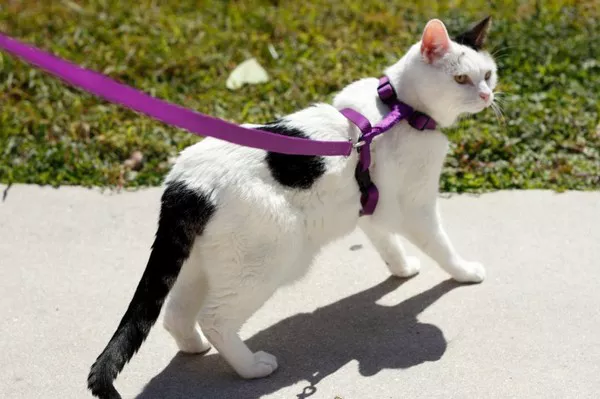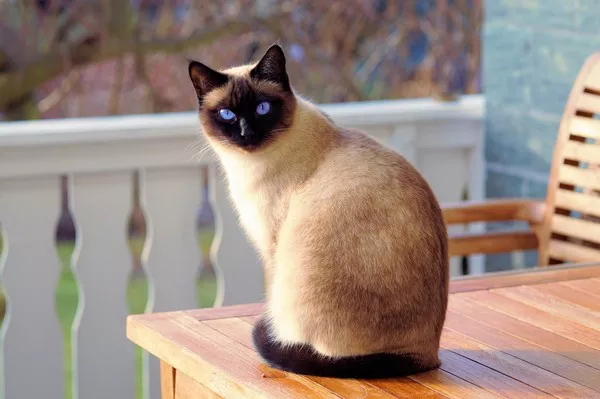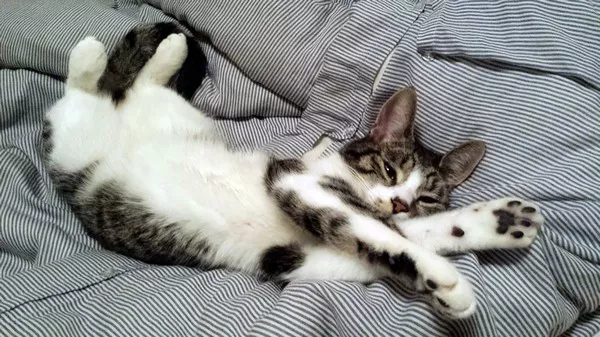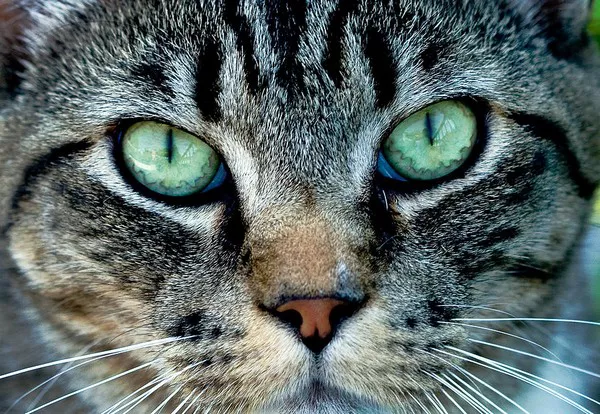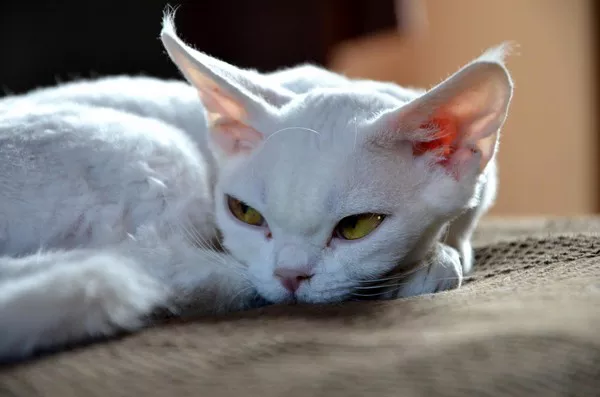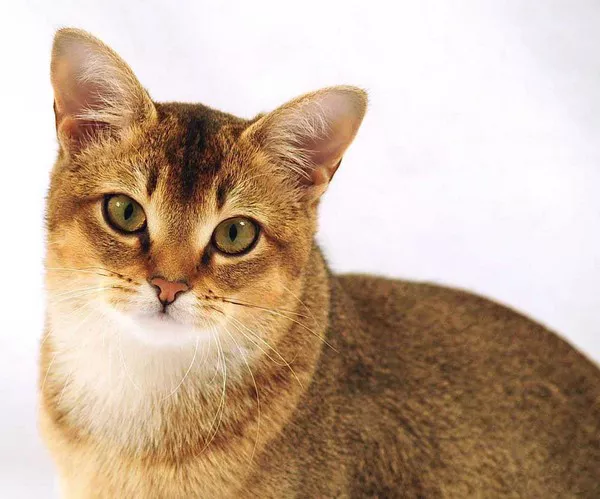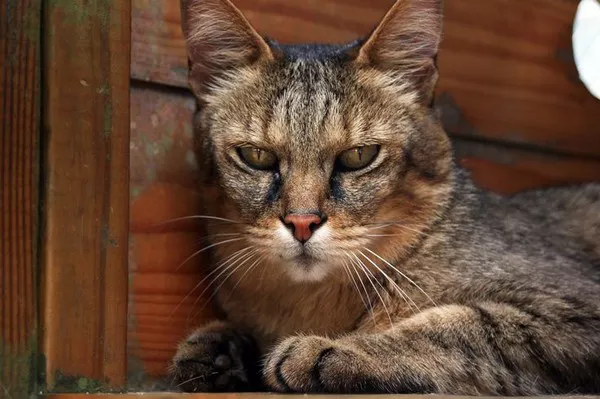As our feline companions age, their dietary needs evolve significantly. Senior cats, typically defined as those over the age of seven, face various health challenges that require careful attention to their nutrition. This essay delves into the intricacies of feeding older cats, addressing their unique dietary requirements, common health issues, and practical feeding strategies to ensure their golden years are as healthy and comfortable as possible.
Understanding the Nutritional Needs of Senior Cats
1. Changes in Metabolism and Digestion
As cats age, their metabolism slows down. This means they may require fewer calories than they did in their younger years. However, it is crucial to ensure that their diet remains nutrient-dense, providing essential vitamins, minerals, and proteins that support overall health.
Older cats may also experience changes in digestion. Their bodies can become less efficient at absorbing nutrients, so it is vital to provide high-quality, easily digestible food. This may include diets higher in fiber to aid digestion and prevent constipation, a common issue in senior felines.
2. Protein Requirements
Protein is essential for maintaining muscle mass and overall health, especially in older cats. While younger cats may thrive on a diet with moderate protein levels, senior cats often benefit from higher protein intake to counteract muscle loss associated with aging. However, the protein source matters; high-quality animal proteins are preferable, as they provide essential amino acids that support bodily functions.
3. Fat and Caloric Intake
Although older cats may require fewer calories overall, the quality of the calories they consume is crucial. Healthy fats are an important part of their diet, as they provide essential fatty acids that support skin and coat health, as well as overall energy levels. Omega-3 and Omega-6 fatty acids are particularly beneficial for their anti-inflammatory properties, which can help manage conditions like arthritis.
4. Hydration Needs
Hydration is often overlooked in discussions about cat nutrition, but it is especially important for senior cats. Many older cats experience a decreased sense of thirst, which can lead to dehydration. Feeding wet food can help increase their water intake, and providing fresh water at all times is essential. Some cats may also enjoy drinking from a fountain, which can encourage them to hydrate more frequently.
Common Health Concerns in Senior Cats
1. Obesity
Obesity is a significant concern for older cats due to their decreased activity levels and slower metabolism. Excess weight can exacerbate other health issues, such as diabetes and arthritis. It is essential to monitor their weight regularly and adjust their diet accordingly. Feeding smaller, more frequent meals can help manage their caloric intake without leaving them feeling deprived.
2. Dental Health
Dental issues are common in older cats, and they can significantly impact a cat’s ability to eat. Periodontal disease can lead to pain and tooth loss, making it difficult for cats to chew dry food. Offering a combination of wet and dry food can help ensure they receive adequate nutrition while also considering their dental health. Regular veterinary check-ups are crucial for maintaining oral health.
3. Kidney Disease
Chronic kidney disease (CKD) is prevalent in senior cats. It often requires dietary modifications, such as reduced protein and phosphorus levels. Cats with CKD may benefit from specially formulated diets that support kidney function while still providing essential nutrients. Consulting with a veterinarian is critical for managing this condition effectively.
4. Hyperthyroidism
Hyperthyroidism is another common condition in older cats, characterized by an overactive thyroid gland. This condition can lead to weight loss, increased appetite, and other metabolic disturbances. Dietary management may include low-iodine diets or other specific nutritional adjustments as recommended by a veterinarian.
Choosing the Right Food
1. Commercial Diets
When selecting food for senior cats, it is essential to choose high-quality commercial diets specifically formulated for older felines. These diets often contain the appropriate balance of protein, fat, fiber, and essential nutrients tailored to the needs of senior cats. Look for products labeled as “complete and balanced” by the Association of American Feed Control Officials (AAFCO).
2. Homemade Diets
Some cat owners prefer to prepare homemade meals for their senior cats. While this can be a viable option, it is crucial to ensure that the diet is nutritionally complete. Consulting with a veterinarian or a pet nutritionist is essential to create a balanced homemade diet that meets all of a cat’s nutritional needs.
3. Special Dietary Needs
Cats with specific health issues may require special diets. For instance, cats with kidney disease may need a low-protein, low-phosphorus diet, while those with diabetes may benefit from high-protein, low-carbohydrate foods. Always consult with a veterinarian to determine the best dietary approach for cats with health concerns.
Practical Feeding Strategies
1. Portion Control
Managing portion sizes is crucial for maintaining a healthy weight in older cats. Feeding guidelines on commercial food packaging can serve as a starting point, but individual needs may vary based on activity level and health status. Regularly monitor your cat’s weight and adjust portions as necessary.
2. Meal Frequency
Older cats may benefit from more frequent, smaller meals throughout the day. This approach can help maintain energy levels and prevent overeating. Some owners find success with puzzle feeders or interactive feeding toys that encourage mental stimulation while slowing down their cat’s eating pace.
3. Monitoring Weight and Health
Regular veterinary check-ups are essential for monitoring an older cat’s health and weight. Keeping track of any changes in appetite, weight, or behavior can help identify potential health issues early. Maintaining an open line of communication with your veterinarian is vital for ensuring your senior cat’s nutritional needs are met.
Conclusion
Feeding older cats requires a thoughtful approach that considers their unique nutritional needs and health challenges. By understanding the changes that occur in a cat’s body as they age, pet owners can make informed decisions about their diet. Whether choosing high-quality commercial foods or preparing homemade meals, the goal is to provide a balanced, nutrient-dense diet that supports a healthy and active lifestyle.
Ultimately, the key to ensuring that our feline friends thrive in their golden years lies in recognizing their individual needs and making dietary adjustments accordingly. With proper nutrition and care, senior cats can enjoy their later years with vitality and joy, continuing to be cherished members of our families.
Related topic:

